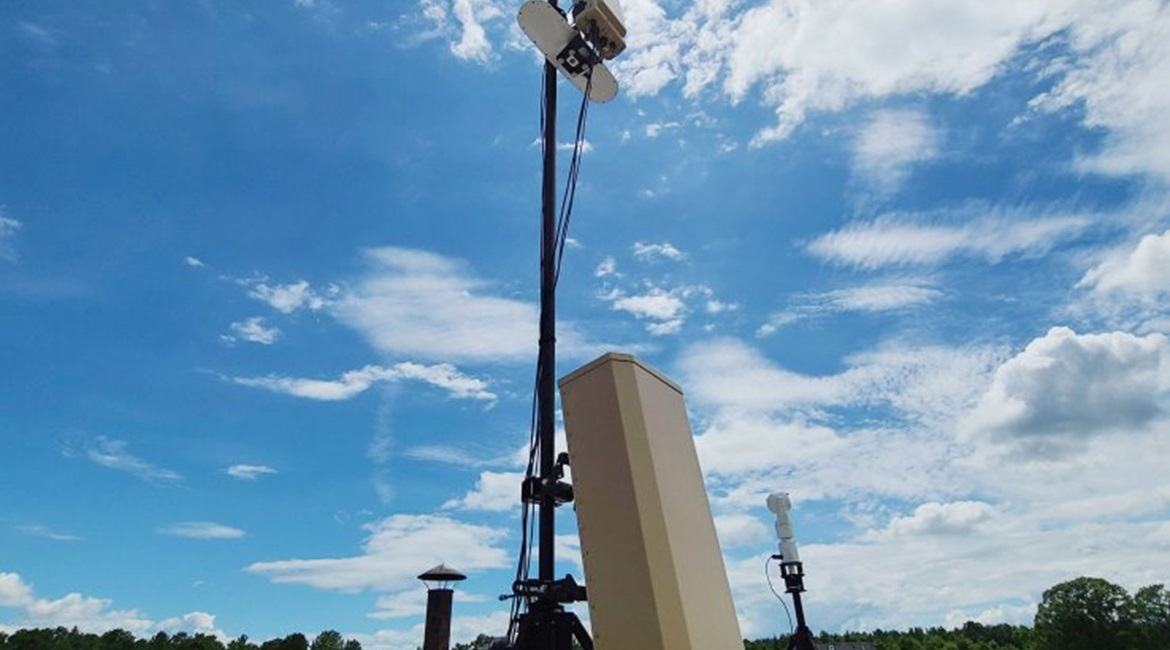
DroneShield has introduced a new artificial intelligence (AI)-based optical system, DroneOptID, to its DroneSentry counter-unmanned aircraft system (C-UAS) suite, improving the system’s ability to detect and identify UAS platforms and their payloads.

DroneShield has integrated the AI-enhanced version of its DroneOptID optical identification software to its DroneSentry C-UAS suite. (DroneShield)
DroneOptID is co-developed with the University of Technology Sydney (UTS), with funding from the Australian government and local authorities in New South Wales. The software is integrated with DroneSentry’s cameras, using a computer vision system to analyse a target.
DroneShield CEO Oleg Vornik said the software is hardware-agnostic and enables the camera to pick up an image of a UAS, identify the platform, and then classify the UAV’s payload, whether that is explosives or a camera or other sensor.
While automated identification has been present in security cameras for several years, it has mainly focused on tracking humans or vehicles on the ground, Vornik told Janes.
However, identifying a small UAS presents a different challenge. For example, it could be travelling at speeds of up to 20 m/s. It can also be challenging to identify a white-coloured UAS against a cloudy white sky.
The software uses a Convolutional Neural Network (CNN) model, Vornik said, which essentially matches the objects it sees in the sky against a large library of datasets.
“Often in the non-AI world, you have almost a binary approach: a human might look at something and ask if it is a match or not a match,” Vornik explained. “The AI approach is more about probabilities – it says, how likely is this object to match the target that you’re looking for?”
Looking to read the full article?
Gain unlimited access to Janes news and more...






